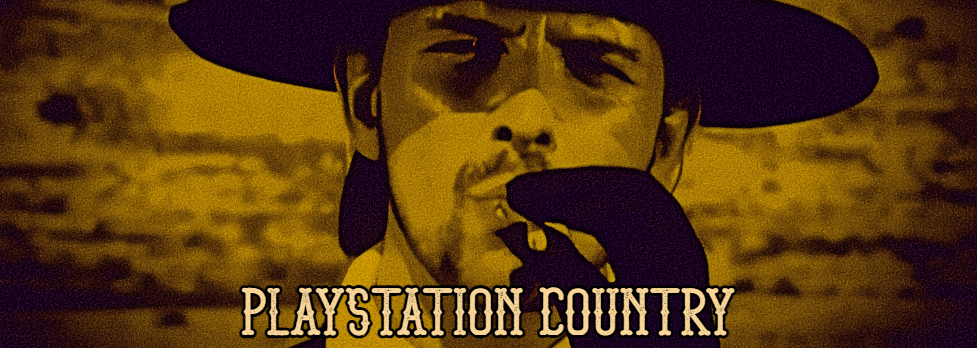From developer 9Finger Games and publisher Jandusoft Games comes Zapling Bygone. Self-described as a “twisted metroidvania where you murder your foes and steal their abilities by wearing their skulls.” That’s true to a certain extent, more you have to beat bosses in some cases, others you find the skulls after action sequences and in one example, just out in the open.

Yes, you murder foes, but you don’t suddenly gain their abilities like Bob the putto in Shiny’s ambitious Messiah. Man, that game was ace if critically underappreciated. So yes, Zapling Bygone is indeed a metroidvania, but not massively twisted. It’s quite conventional and not massively groundbreaking. Sure, it’s fun enough and your gangly tentacled beastie has a quirky ambulatory animation.
As you defeat enemies, what you actually get is plasma. This is saved as a pseudo-currency of sorts that lets you save at fairly frequently dotted altars. When you die, and you will, you’ll automatically respawn at the last one you saved at. Additionally, every successful hit you land on an enemy recharges a medkit of sorts. You can’t spam heals, more every three successful hits.

You’ll use this a fair bit, especially during boss fights where you have to whittle down a far larger health gauge than you’re blessed with. At the outset you have four health segments which can make some boss fights incredibly tough when you’re both having to land successful hits as well as heal up when you get the opportunity.
This is all the tougher when you’re facing multiple stage boss fights, the first we encountered being the miasmic sewer boss. It was hard enough to get past the first phase, let alone realising you have to tackle another phase. It’s like a mid-90s beat-em-up where you take down a boss, they collapse to the floor and before you know it they’ve gone full super fucking saiyan on your ass. Yeah, some bullshit.
Some of the boss encounters are affected by far too tight areas to fight them. Dodging or healing their attacks feels far too much of a barrier to progression. We get it, it’s the metroidvania way. But when we struggled so much with the first boss before we got into a groove, it’s not great. In fact, it took a full five days before we finally nailed it.

The skulls endow you with abilities such as wall-climbing from the rat boss and a convenient double jump. Refreshingly, unlike many other metroidvanias where your progress is tightly restricted by your abilities, once you’ve got the wall climb you’ll find yourself well equipped to go off the beaten track. It allows for a little more agency than we’ve come to expect otherwise.
However, you’ll find yourself outmatched and eventually restricted if you venture too far without actually defeating bosses. The sewer boss for example acts as a de-facto gatekeeper to a whole section that remained unexplored for us due to fucking him off and going elsewhere to pastures easier explored. It isn’t helped by the fact that in our pre-release code, the map didn’t populate despite our having explored a lot. This may be a deliberate feature, though a day one patch may have resolved this too.

As well as skulls, you’ll discover mutations. They’re modifiers that unlock extra abilities like a speedier dash for example. Though you can’t use all mutations on all skull types as they will only accept certain categories. It’s easier to see in practice than have you suffer our hamfisted explanation.
There’s collectibles a plenty besides with memories, fragments and paintings to root out. It’s all part of fleshing out the lore and storyline and quite well done with it. The memories show up once you’ve found the respective skulls and make a multi-panel animated comic strip of sorts. It’s quite good and made us eager to root out the remaining panels.

Ultimately, we found the open-endedness was at once a blessing and a curse when it came to progression. While not quite as acute as say, a Ubisoft openworld game, the lack of a gimlet eyed focus on one goal led to a crippling feeling of ennui that we couldn’t quite shake.
Additionally, there was the feeling that Zapling Bygone felt less than the sum of its parts due to the exemplars of the genre having that shit locked down. Zapling is intriguing enough but fails in execution. It’s like a massively pretty car that has the design nailed, but then you lift the bonnet to discover a basic Ford powerplant and running gear. Prosaic would just about cover it.

In conclusion, Zapling Bygone is a fun enough metroidvania that somehow left us feeling a little underwhelmed. The open ended approach was initially welcome but also meant we found it hard to maintain our focus. It’s good but not great.
+ Collectibles fill out the lore and backstory well
+ Open ended goals are good
+ Mutations are well thought out
- Open ended goals also mean that focus is hard to keep
- Multiple stage boss fights can get in the sea
- Arenas are often too tight when you face off against bosses

